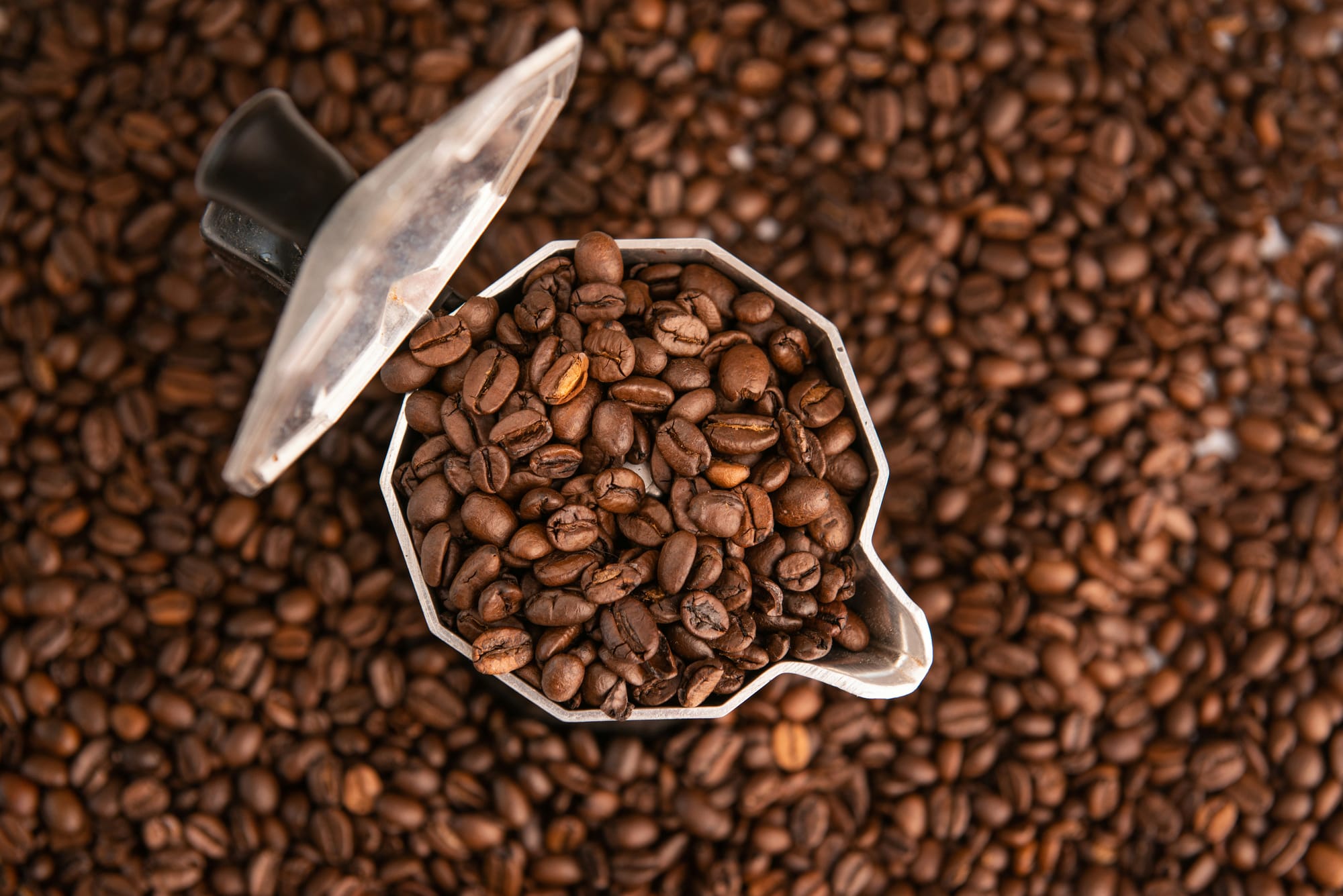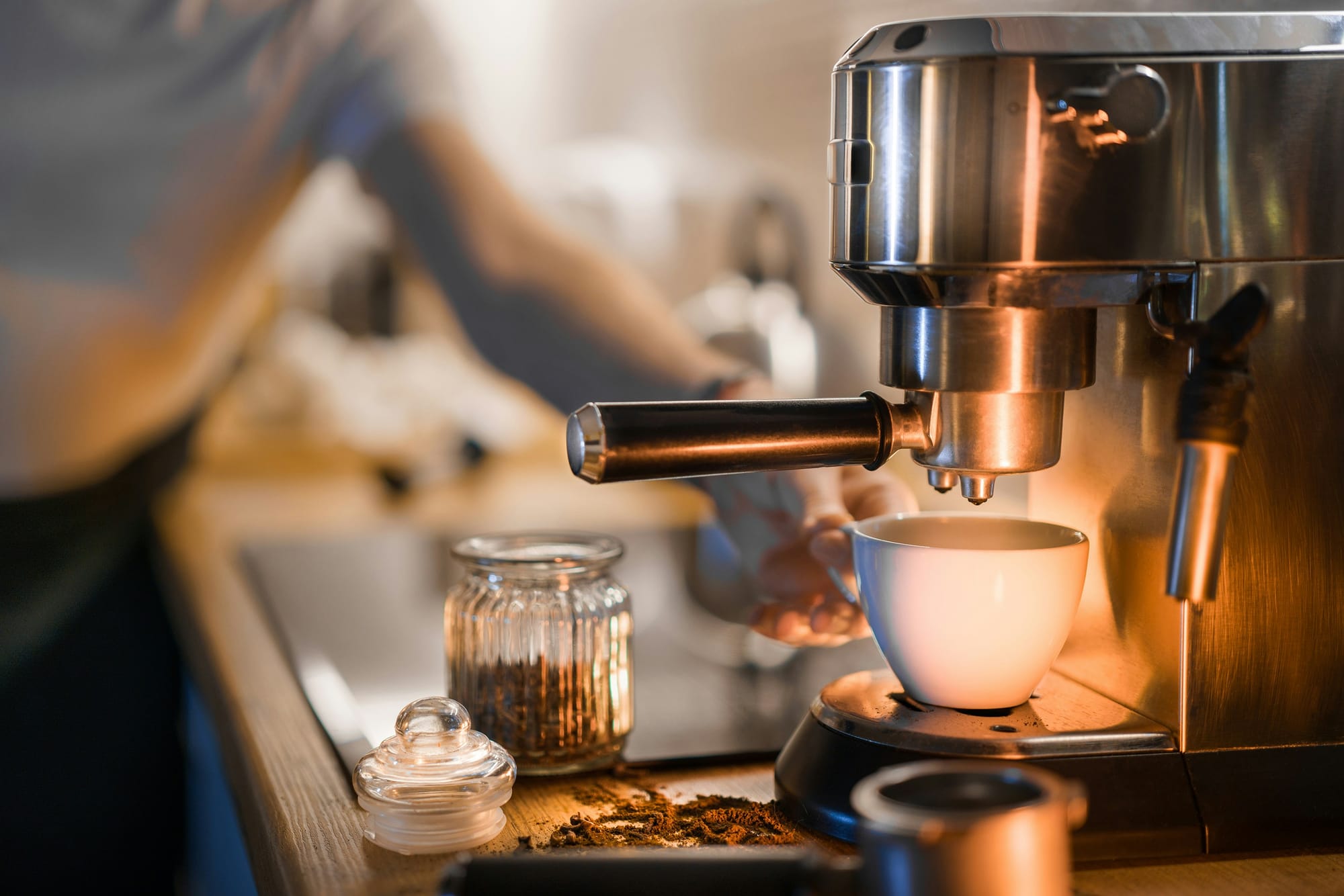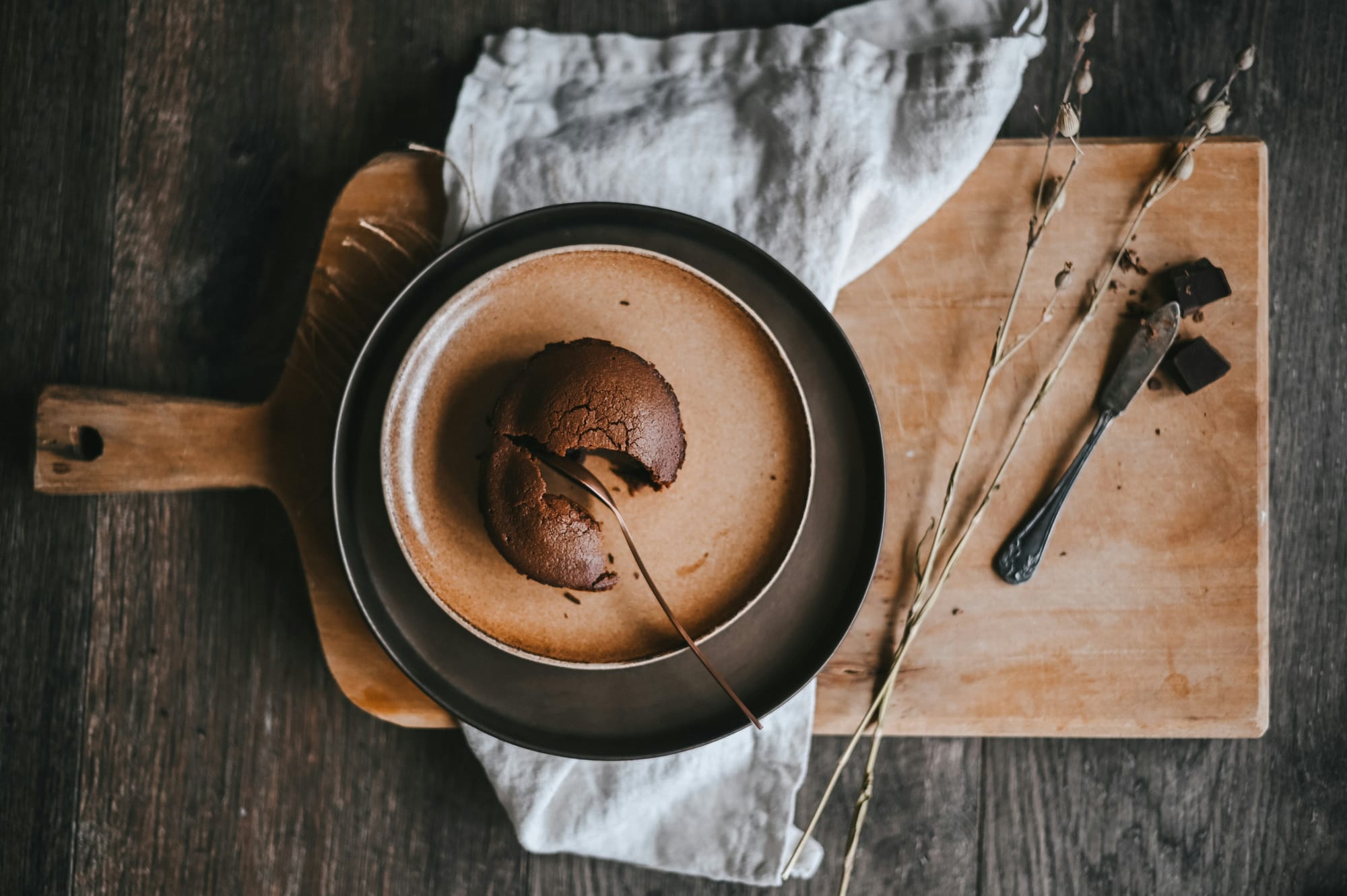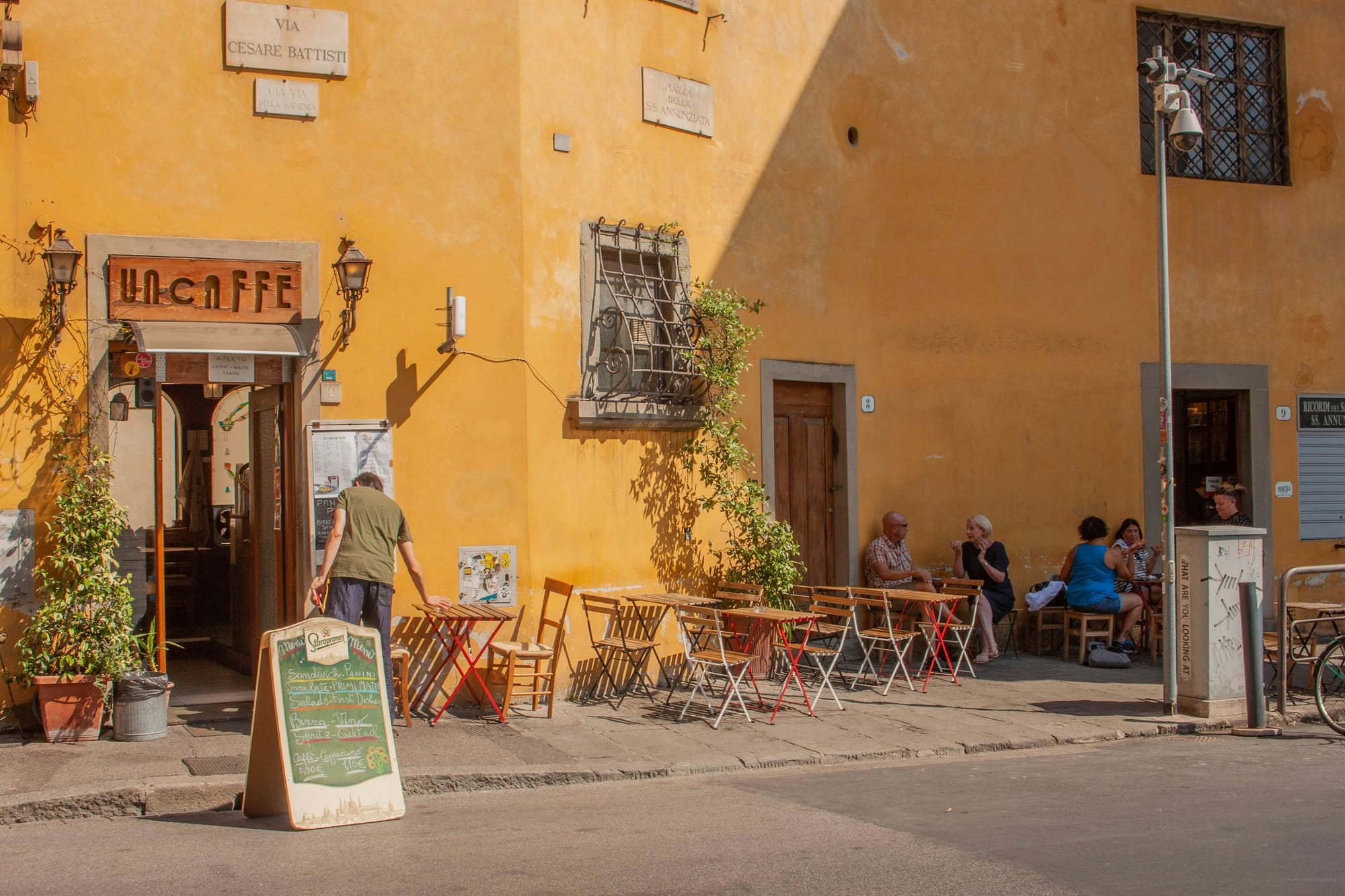To understand Italy, one must first understand its coffee. It is more than a beverage; it is the nation’s lifeblood, a deeply ingrained ritual that punctuates the day, fuels conversations, and defines a unique social rhythm. From the morning’s first invigorating sip to the final drop after a leisurely meal, coffee is an art form, a moment of pause, and a cornerstone of Italian identity. For the foreign visitor, learning to navigate the world of the Italian bar is not just about getting a caffeine fix—it is about partaking in a cherished daily ceremony and connecting with the authentic soul of the country.
This guide decodes the intricate culture surrounding this beloved institution, offering a comprehensive look from its historical roots to the unwritten rules that govern its consumption. It is a journey into a world where speed, precision, and tradition converge in a single, perfect cup.
A brief history: how coffee conquered Italy
While the espresso machine is a quintessentially Italian invention, the coffee bean itself is an immigrant. The story begins in the 16th century, when the bustling maritime Republic of Venice, a global hub for trade, first introduced coffee to Europe from the Ottoman Empire. Initially met with suspicion and dubbed the "wine of Araby," it was eventually given papal approval by Pope Clement VIII, which paved the way for its acceptance.
The opening of the first public coffee house, Caffè Florian, in Venice’s Piazza San Marco in 1720, marked a turning point. These caffè houses quickly evolved into vibrant centers of social and intellectual life, where merchants, artists, and thinkers gathered to debate and do business.
However, it was a technological leap in the early 20th century that truly democratized coffee and cemented its place in Italian culture. In 1901, a Milanese inventor named Luigi Bezzera patented a machine that used steam pressure to force hot water through finely-ground coffee. The result was a "fast coffee," or caffè espresso. This innovation was perfected and commercialized by Desiderio Pavoni, and the espresso machine began its conquest of the peninsula. Suddenly, a high-quality coffee could be prepared in seconds, transforming it from a leisurely, expensive indulgence into a quick, affordable, and essential daily ritual for everyone.

The Italian Bar: the epicenter of daily life
First, a crucial clarification: the Italian bar is not what its English name implies. While alcohol is served, its primary function is as an all-day establishment centered around coffee. It is the neighborhood’s living room, a place for a quick breakfast, a midday pause, and a constant stream of social interaction. Every Italian has their trusted local bar, and the barista is often a respected and central figure in the community, knowing their regulars' orders by heart.
To navigate the bar like a local, one must understand its two fundamental modes of operation: al banco and al tavolo.
Understanding al Banco (at the counter)
This is the quintessential Italian coffee experience. It is a swift, efficient, and standing affair. The ritual is precise:
- Go to the Cassa: First, head to the cash register (cassa). State your order and pay.
- Get the Scontrino: You will be given a receipt (scontrino).
- Approach the Bar: Take your scontrino to the counter and place it where the barista can see it.
- State Your Order Again: Confidently tell the barista your order. "Un caffè, per favore."
- Consume and Go: Your coffee will be prepared and served in moments. It is meant to be consumed quickly, standing right there at the counter. Lingering is not part of the al banco culture.
This method is not only the most authentic but also the most economical. The prices displayed at the bar are for consumption al banco.
Choosing al tavolo (at a table)
For a more leisurely experience, one can choose to sit at a table (al tavolo). This comes with table service (servizio al tavolo) and, crucially, a significantly higher price. It is not uncommon for the cost of a coffee to double or even triple when seated, especially in prime tourist locations. This premium pays for the comfort, the service, and the privilege of occupying the space for a longer period. There is no right or wrong way; it simply depends on the desired experience—a quick, functional pause or a relaxed, contemplative break.

How to order coffee in Italy: the unwritten rules & etiquette
Observing a few key customs will instantly elevate a traveler from a confused tourist to a respectful observer of tradition.
The cardinal Cappuccino rule: a morning-only affair
This is perhaps the most famous rule in Italian food culture. Milky coffees like cappuccino, caffè latte, or latte macchiato are strictly for the morning. They are considered a breakfast item, often consumed with a pastry (cornetto). Ordering a cappuccino after 11 a.m. is a tell-tale sign of a tourist. The Italian reasoning is based on digestion; a large amount of hot milk is considered too heavy to be consumed after a full meal. An Italian might have an espresso after lunch or dinner, but never a cappuccino.
Simplicity reigns supreme
The elaborate, hyper-customized coffee orders common in other countries (a "grande, half-caf, extra-hot, non-fat, caramel drizzle latte") do not exist in Italy. The menu is classic and revered. While minor variations are possible (caffè in vetro—espresso in a small glass instead of a ceramic cup), the core offerings should be respected.
Coffee is enjoyed after, not with, your meal
Coffee is considered a digestivo, a way to conclude a meal and help with digestion. It is never consumed with a meal (especially a savory one). Dessert is eaten first, followed by coffee. The two are not served simultaneously.
No Coffee To-Go
The concept of carrying a large paper cup of coffee is foreign to Italian culture. Coffee is a moment of pleasure and pause, even if that pause is only the 60 seconds one stands at the banco. It is an experience to be had in the bar, not on the move.
Water is a courtesy
Often, a small glass of water is served with your coffee. The proper etiquette is to drink the water before the coffee to cleanse the palate, allowing you to fully appreciate the rich flavor of the espresso.

An Italian coffee guide: the complete lexicon from espresso to shakerato
Knowing the terminology is key. The word "espresso" is rarely used when ordering; it is the default.
- Un Caffè: The foundation of it all. This is a single shot of espresso, served in a small porcelain cup. It should have a rich, hazelnut-colored layer of foam on top called crema, which indicates a well-extracted shot.
- Caffè Doppio: A double shot of espresso. For those needing an extra jolt.
- Caffè Ristretto: A "restricted" coffee. The barista uses the same amount of coffee grounds but half the amount of water. The result is a shorter, more concentrated, and intensely aromatic shot.
- Caffè Lungo: A "long" coffee. More water is allowed to pass through the grounds, resulting in a larger, less intense, and slightly more bitter coffee.
- Caffè Macchiato: An espresso "stained" or "marked" with a small dollop of foamed milk. One can specify macchiato caldo (hot milk) or macchiato freddo (a drop of cold milk). It’s a perfect bridge between an espresso and a cappuccino.
- Cappuccino: The world-famous breakfast beverage. A harmonious balance of one-third espresso, one-third steamed milk, and one-third airy milk foam (schiuma). A well-made cappuccino is a work of art.
- Latte Macchiato: Not to be confused with the "latte" in English-speaking countries. In Italy, ordering a "latte" will get you a simple glass of milk. A latte macchiato is a tall glass of steamed milk "stained" with a shot of espresso, often layered beautifully.
- Caffè Americano: Created for American soldiers in Italy during WWII who found espresso too strong. It consists of a shot of espresso diluted with hot water, served in a larger cup. It is closer in strength to American-style drip coffee but with a distinctly different flavor profile.
- Caffè Corretto: A "corrected" coffee. An espresso shot with a splash of alcohol, typically grappa, sambuca, or brandy. A popular after-dinner drink, especially in colder months.
Regional and summer Italian coffee specialties
Italian ingenuity shines even brighter when temperatures rise, leading to a host of refreshing coffee-based drinks.
- Caffè Shakerato: The epitome of summer elegance. A shot of espresso is shaken vigorously with ice and a bit of sugar in a cocktail shaker until frothy, then strained into a chilled martini or flute glass.
- Crema di Caffè: A delightful, semi-frozen coffee cream, somewhere between a drink and a dessert. It is dispensed from a machine that continuously churns it into a smooth, cold slush.
Furthermore, coffee culture has unique regional expressions:
- Bicerin (Turin): A historic, layered drink served in a small glass, consisting of hot chocolate, espresso, and lightly whipped cream.
- Caffè Leccese (Lecce, Puglia): A perfect summer cooler made with espresso poured over ice and mixed with sweet almond milk (latte di mandorla).
- Caffè Padovano (Padua): A shot of espresso mixed with mint syrup, topped with a dusting of cocoa powder.

The Italian approach to coffee is a microcosm of a broader cultural philosophy: that even the smallest moments of the day are opportunities for quality, pleasure, and human connection. It teaches that speed does not have to sacrifice quality and that ritual elevates the mundane into something meaningful.
By stepping into a bar, placing your scontrino on the counter, and confidently ordering un caffè, you are doing more than just buying a drink. You are participating in a tradition, appreciating a craft, and experiencing a slice of Italian life in its most authentic form. It is a simple act that offers a profound connection to the culture, proving that sometimes the deepest travel experiences come in the smallest of cups.



